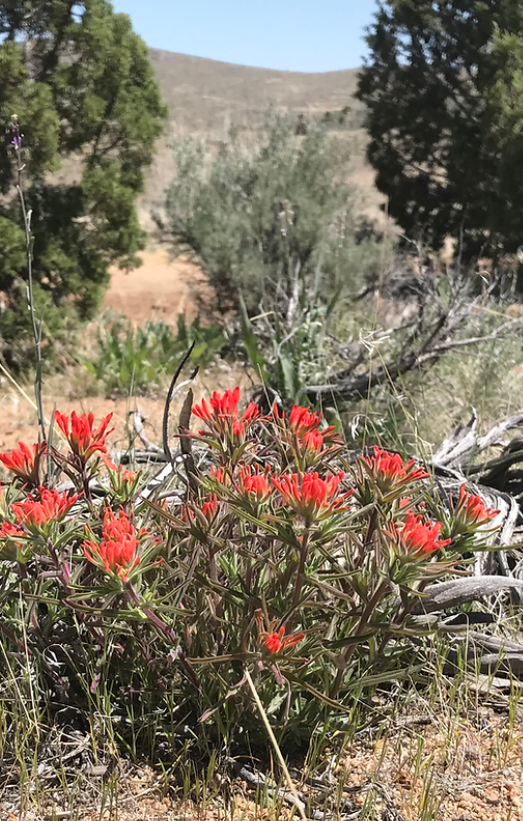Key Takeaways
- Traditional healing practices are gaining recognition and integration into modern healthcare systems.
- Eco-friendly wellness centers offer holistic approaches that connect individuals with nature.
- Combining ancient wisdom with contemporary science can lead to sustainable and effective healing methods.
Introduction
Across the globe, more people are re-examining how ancient wisdom can come together with modern advances to create a new gold standard in holistic health. This changing landscape reflects a broader understanding that wellness is most effective when it addresses the individual, encompassing mind, body, and spirit. The growing interest in natural healing for cancer exemplifies this shift, as individuals turn to holistic approaches that draw upon indigenous knowledge and natural remedies for complex health challenges. By connecting cultural heritage with modern wellness science, these integrative methods offer new hope for healing and prevention.
The path forward means honoring time-honored rituals and remedies while harnessing the best of contemporary science. Many are discovering the benefits of holistic healing through traditional plant medicines, bodywork, and spiritual practices—choices often validated by scientific studies and increasingly recognized within conventional healthcare. This convergence is moving wellness away from one-size-fits-all solutions, toward a more personal, empowering, and sustainable approach to health.
Traditional Healing Practices in Modern Healthcare
Progressive states and healthcare systems are in charge of integrating indigenous healing methods with Western medicine. For instance, California recently initiated a program to expand culturally based substance use disorder treatments. It is the first time its Medi-Cal program will reimburse providers for health care deeply rooted in culture and tradition. Such measures validate and preserve the efficacy and cultural significance of practices that have nurtured communities for generations. According to research in The Permanente Journal, integrating traditional practices can help bridge disparities and improve health outcomes, especially for chronic and addictive conditions.
These efforts reflect a broader shift in perception, from viewing traditional therapies as alternatives to seeing them as essential complements in whole-person care. By welcoming practitioners of Ayurveda, Traditional Chinese Medicine, Native American healing, and other ancestrally rooted modalities, modern healthcare systems can address root causes and social determinants of health, not just symptoms. The results often improve patient satisfaction and outcomes, particularly among historically marginalized populations.
Eco-Friendly Wellness Centers: A Bridge Between Nature and Healing
As the demand for holistic care grows, eco-friendly wellness centers have emerged as vital spaces for healing and restoration. These centers champion sustainability, both in environmental practices and in the nurturing of personal well-being. Facilities are designed with natural materials, renewable energy, and landscapes that invite individuals to reconnect with the earth. Within these sanctuaries, healers offer therapies ranging from forest bathing and yoga to herbal medicine and meditation, enabling guests to engage in mindful self-care within a harmonious natural environment.
The philosophy driving eco-friendly wellness centers is rooted in the notion that well-being is linked to our relationship with the planet. Participants experience firsthand the healing power of collective action and natural surroundings by engaging in communal gardening, workshops, and support groups. Programs such as South Bend’s thriving community wellness initiatives are helping to demonstrate the interconnectedness of individual and environmental health for long-term resilience and disease prevention.
Integrating Ancient Wisdom with Modern Science
Companies at the forefront of holistic wellness innovation build bridges between the ancient and the new. HealUtopia, launched in 2024, exemplifies this movement by merging time-tested herbal and traditional therapies with rigorous scientific research and sustainable sourcing. This commitment to transparency and ethical stewardship ensures that wellness solutions prioritize personal vitality and planetary well-being, setting benchmarks for the next generation of health products and services.
The evidence supporting the benefit of integrating herbal medicine and plant-based therapies with Western protocols continues to mount. Studies published in Harvard Health Publishing underscore the efficacy of herbal supplements for various mild and moderate conditions, particularly when used under the guidance of healthcare providers. As highlighted in HealUtopia’s mission, this blend of tradition and science leads to solutions that are effective, sustainable, and globally relevant.
The Role of Community in Healing
At the heart of sustainable healing is a strong, connected community. Grassroots organizations and wellness programs like Acts2Thrive illustrate the power of social support—the stronger the sense of community, the more likely individuals are to establish and sustain healthy habits. Community-based programs do more than encourage physical activity, nutrition, and well-being—they foster accountability, reduce isolation, and create encouragement networks that can improve mental and emotional health.
Beyond support, these networks often serve as a form of “social currency,” providing mutual aid, information, and resources crucial to long-term healing journeys. Studies in the American Journal of Health Promotion have shown that community-led health initiatives result in higher adherence to healthy behaviors, better chronic disease outcomes, and lasting improvements in quality of life.
Challenges and Considerations
While promising, integrating traditional healing into modern wellness must be approached thoughtfully. It’s imperative to honor traditional methods’ origins, cultural context, and spiritual significance, ensuring that integration does not slip into appropriation. Collaborative partnerships between conventional healers and contemporary practitioners are key, fostering innovation while upholding respect and authenticity.
Ongoing research is needed to validate and optimize these practices for broader public health applications. With careful stewardship and respect, this combination can bring greater understanding, acceptance, and utility to sustainable healing approaches, expanding access and effectiveness for all while preserving cultural wisdom for future generations.
Conclusion
The convergence of traditional and modern wellness holds promise for a future where health care is both inclusive and sustainable. By weaving together indigenous traditions, eco-friendly wellness spaces, scientific validation, and robust community support, society can reclaim a more personalized and effective path to healing. As awareness grows, approaches highlight what is possible when time-honored wisdom and modern innovation come together, honoring the past as we move toward healthier tomorrows for individuals and communities worldwide.

